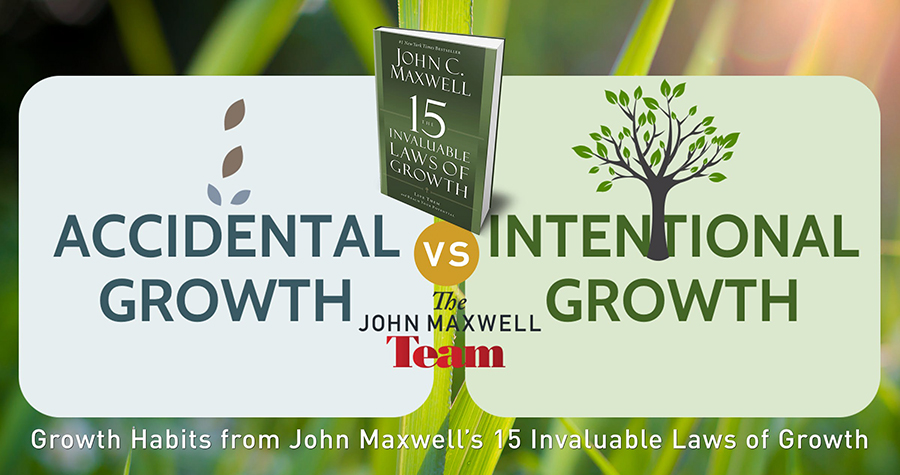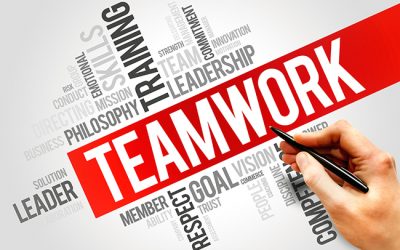Leaders do not need to be told what to do. If they can see their situation clearly and understand their options fully, most of the time they will make the best call. Helping someone see clearly and understand fully is a process, and it may not always be easy, but it’s always worth it. When I’m working with a client, and I see they’re so close, it’s sometimes tempting to crack and just give them the answer. And that’s most often a bad idea.
As coaches, when we give someone a solution, we’re not basing that advice on their specific situation. We’re basing it on something we’ve seen work before for someone else. Similar advice might be a great idea in this situation too. However, it may not be the best solution for that leader; because, no matter how similar something might look on the surface, every scenario is different … and it’s in the process of digging deeper to reveal that nuance where we find the difference between a good answer and the best answer.
The Power of Good Questions
How do we reveal that nuance and find the best answer? We begin with asking good questions. This is a process, and it requires engagement from both sides. If the coach and the client are not both on board, the process that creates the best answers breaks down.
One of the easiest ways to get stuck is to assume what’s coming next. As leaders, it’s natural to want to know where something is headed. We’re goal-oriented people who keep the end in mind. Those are good things. However, in this kind of conversation, trying to figure out where someone is going becomes a distraction. If the coach and the client can commit to engaging in a constructive back and forth, letting the conversation go wherever it might lead, we arrive at breakthrough together.
You may be familiar with this sort of conversational style, sometimes called Socratic dialogue. By taking this approach – and by resisting the urge to just tell people what we think they should do – leaders see for themselves where they’re stuck. Once we see what’s holding us back, we have a choice to make. Will I continue to be stuck, or will I shift my thinking in a way that leads to freedom? Time and again, I’ve seen leaders choose to make that shift, creating breakthrough for them and inspiration for their team.
When I’m working with a leader, the questions don’t stop at that first level of breakthrough. If we’re fully engaged in the process together, we create a series of questions that lead to even better questions leading to ongoing breakthrough and continual growth.
How Questions Guide the Process
Another important aspect of my approach to coaching is the understanding of process. Leadership is not about “getting there,” it’s about continual growth. The moment you decide “I’ve arrived,” you put a lid on your potential, as well as the level of success your team can achieve.
This happens in coaching, too, when we stop asking questions and start trying to offer solutions. At that point, we’ve stopped really listening, and that shuts the exchange down cold. That’s easy to do, especially when we’re focused on what someone is saying and not who they’re being. That’s a vital distinction. When we focus on what someone is saying, we spend a lot of our time trying to interpret what we think they “really mean.” However, when we focus on who that person is being—the why part of what they’re saying—we catch the deeper meaning without stirring in our own assumptions.
To learn more about my coaching, click here.
Asking questions, rather than making statements or offering solutions, allows the coach and the client to connect on a deeper level. This, for me, leads to more effective coaching. For my clients, this reveals where they’re stuck and how they may break free.
Most important, they come to those answers on their own … and that brings us right back to the main point. Leaders don’t need to be told what to do. We need to be guided around or through the things that get us stuck, so we see the solutions for ourselves.
How have good questions helped you find the answers that led to success in your life or work? Share your thoughts in the comments below.

6 Questions to Help You Develop a Consistent Effective Personal Growth Plan
Here we are, already a month into 2019! Isn’t it amazing how fast the days go by? By now, if statistics prove out, most folks who made New Year’s Resolutions have already slipped up. They may feel discouraged and defeated… even more so than before they...

Debunking Myths About Millennials in the Workplace
If you have been a hiring manager or have been responsible for managing people for more than a decade, you may have noticed a difference in how your team members respond to traditionally accepted work rewards and incentives. Where pay, compensatory...

Maintaining Momentum After a Big Win
This past week we celebrated with about 100 other leaders at Live2Lead Pasco-Hernando 2018. All of us benefited from dynamic speakers with powerful messages, and we learned specific shifts to help each of us develop and reach our goals as leaders. There...

Winning interview questions for job applicants
In our last blog, we talked with ‘Jimmy,’ who shared an incredible onboarding experience with us. Jimmy had been let go without any warning when his previous employer closed up shop, leaving him desperate for new work and feeling very out of place. He...
What Christmas means to me
This year, at Christmas, there are so many things tugging on our hearts. My husband, Bob’s, dad passed away earlier this year, and his mom was diagnosed with lung cancer. She will miss celebrating with us this year, because she’s having radiation...
Developing your team within an Employee Business Model
This is Part 3 in our series on building an Employee Business Model for your team. Previously, we talked about what an Employee Business Model is, what it will mean for your business, and how the hiring process is influenced by this approach to leadership....
How an Employee Business Model Builds a Better Team
In our last blog, we introduced the idea of the Employee Business Model, a daily plan to encourage and facilitate the personal and professional growth of our team members. When building and developing that plan, a leader considers every aspect of their...
What is your employee business model?
Building a successful business doesn’t work unless we build a solid, well-developed business model. Even then, there is risk. The right business plan accounts for the risks and works to mitigate the risk and maximize the potential. We do that through...
How Value Based Leadership Builds Long Term Success
Hey manager, quick question for you: When you think about how to get the most out of your team, what do you mean by “most”? How we answer that question reveals a lot about the way we think about our employees, and our approach tends to create a lot of the...
Building a Pro-Growth Environment
Once we have the best people in the right places on our team, how do we create the best atmosphere for growth…








0 Comments